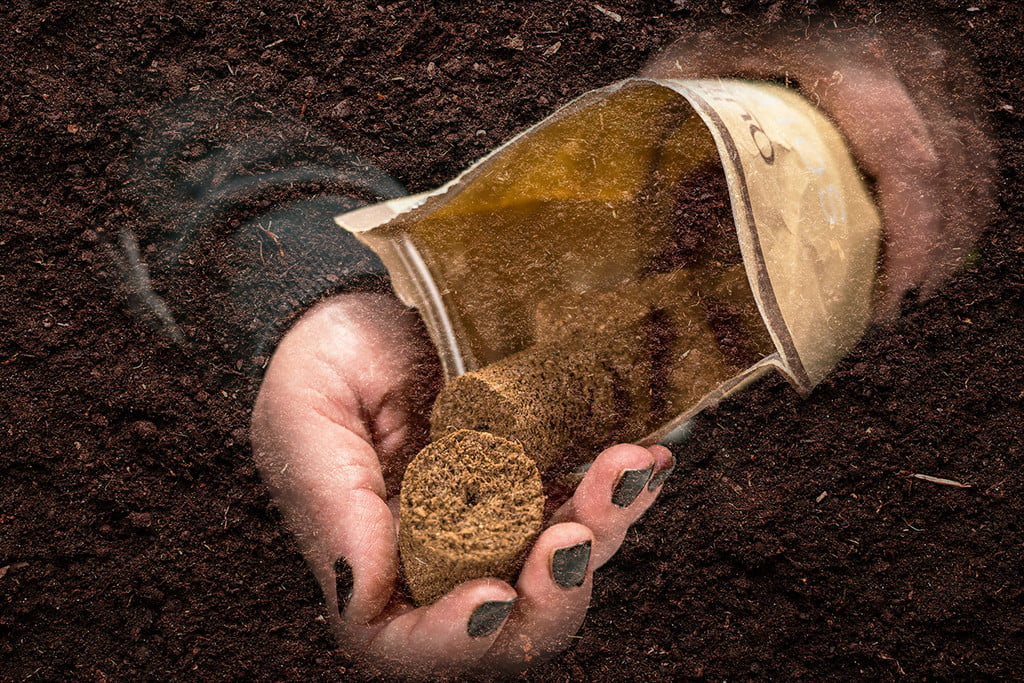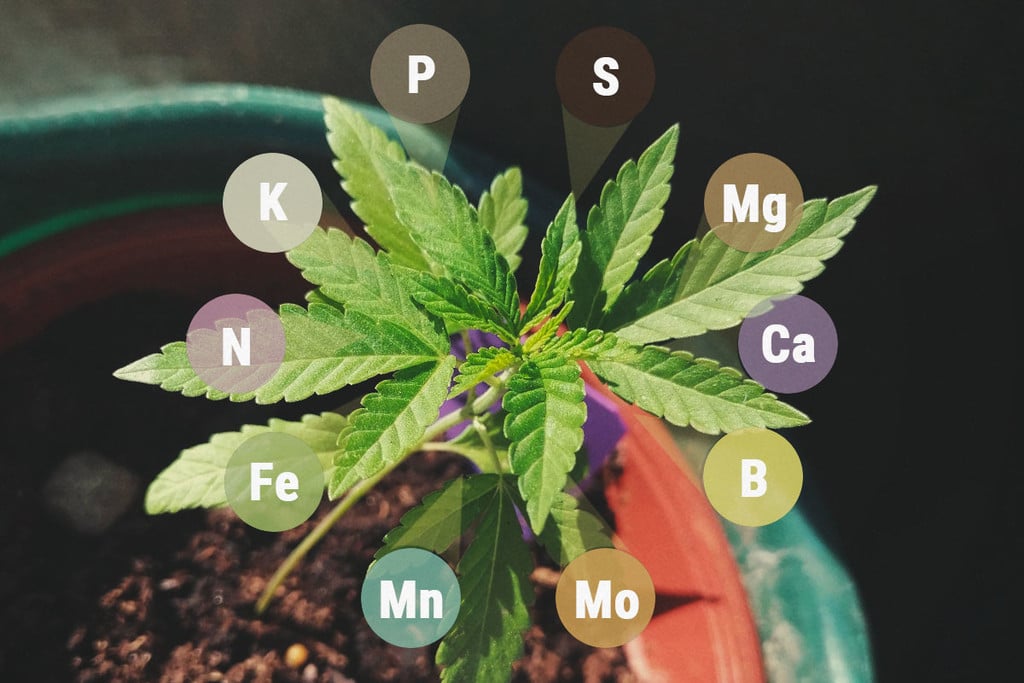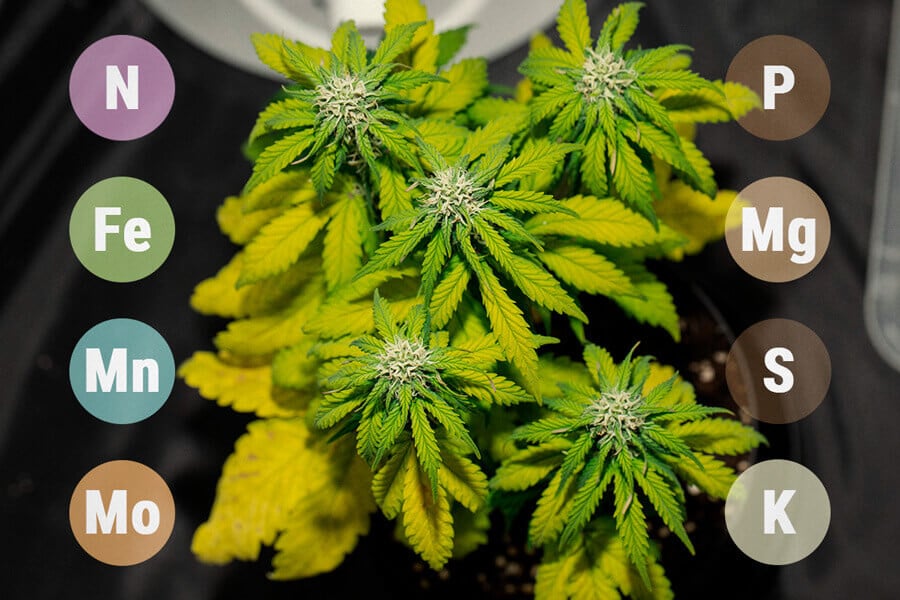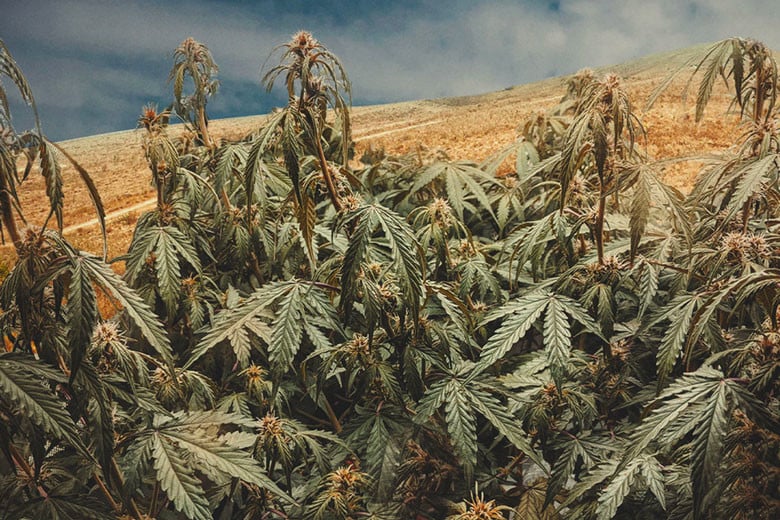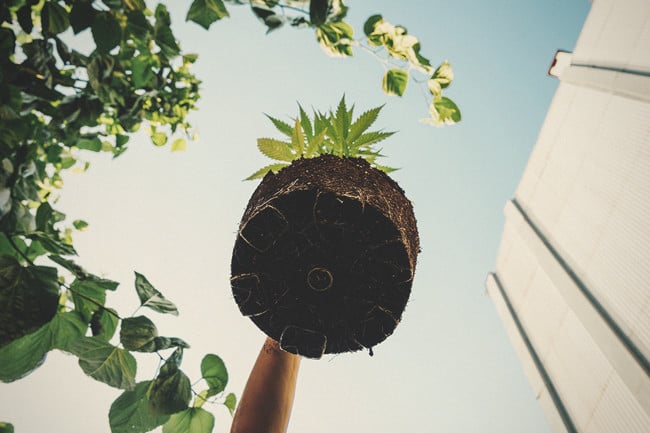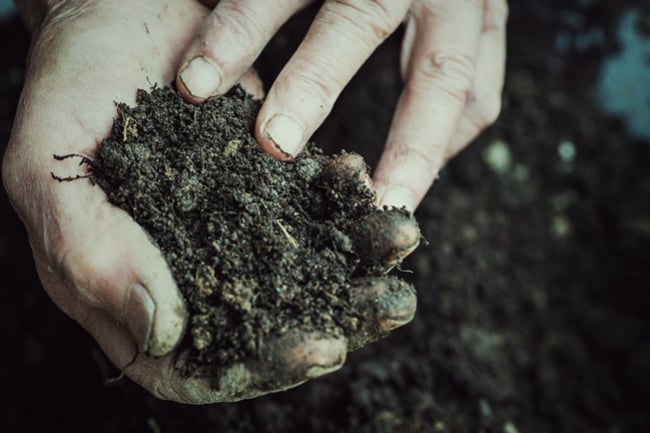.
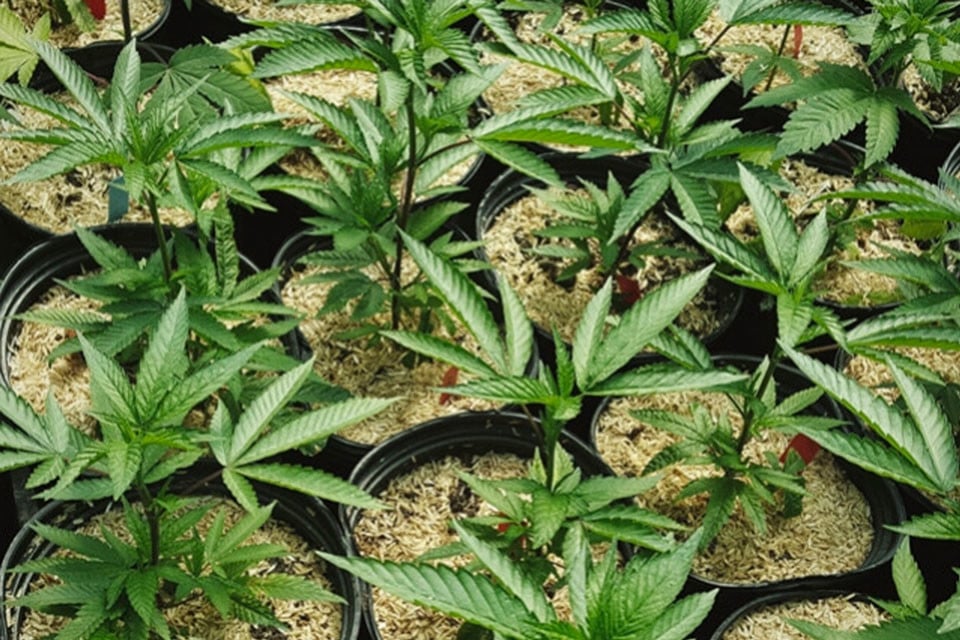
How to Use Mulch for Healthier Cannabis Plants
Wondering how natural forests stay so healthy without a weekly visit from the gardener? Here's the answer: mulch! Learn how to use mulch to improve the health of your cannabis plants and the quality of your harvests.
Contents:
You’ve likely seen mulch in flower beds, vegetable gardens, or under trees. But did you know that cannabis plants can also benefit from mulching? Not only does mulch help insulate the soil and cut down on your watering, but it can also feed your plants and create a healthy environment to attract friendly insects, fungi, and bacteria into your garden.
What Is Mulch, and What Benefits Can It Bring to Your Cannabis Garden?
Mulch is a layer of material applied to the surface of a bed of soil. While it might seem simple, mulching is a tried and tested gardening technique that can help you grow healthier plants and produce better harvests.
In many ways, mulch works as a protective barrier, shielding your plant’s topsoil from the environment. Some of the main benefits of mulching include:
1. Better Insulation
Mulch can help insulate your soil, keeping it warmer in winter and cooler in summer. Not only does this create the perfect environment for the roots, but it also slows down the evaporation of water from your soil and greatly reduces the need to water your plants.
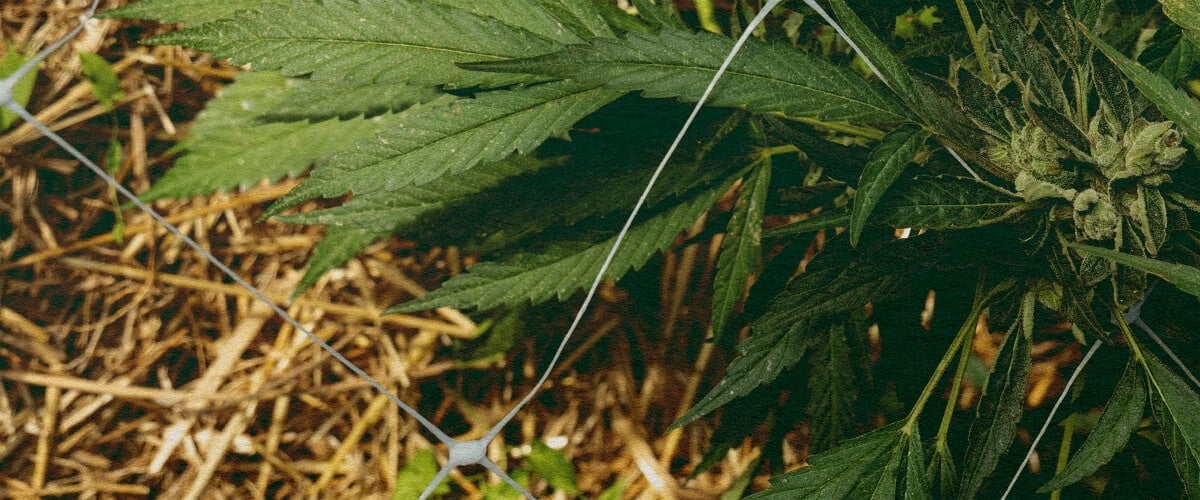
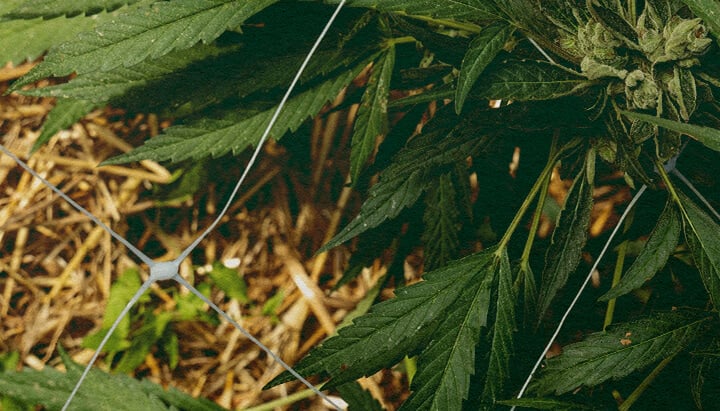
2. Improved Soil Quality
Mulching can help break up clay in your soil, allowing for better air and water movement around your plant’s roots. Plus, as organic mulch decomposes, it delivers nutrients to your soil and supports the growth of healthy microbes that further improve the quality of your soil and simultaneously protect your plants against pathogens and pests.
3. Easier Weeding
Mulch helps prevent the growth of weeds in your garden and makes any weeds that do sprout a lot easier to pull. This makes it ideal for outdoor growers whose cannabis plants are more likely to be exposed to weeds.
4. Reduced Soil Erosion/Compression
Soil naturally compresses and erodes over time. Mulch can help slow down this process and keep your soil healthy and fresh for longer.
5. Reduced Risk of Pests and Pathogens
By keeping your soil temperature optimal, mulch helps protect your garden against pests and nasty bacteria/fungi.
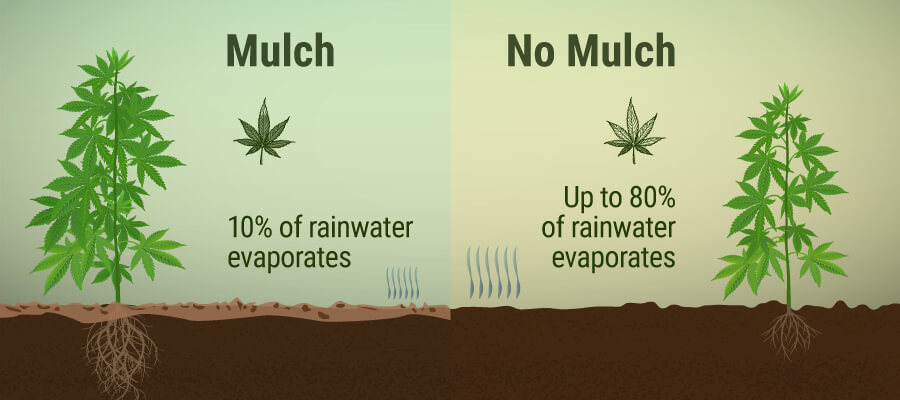
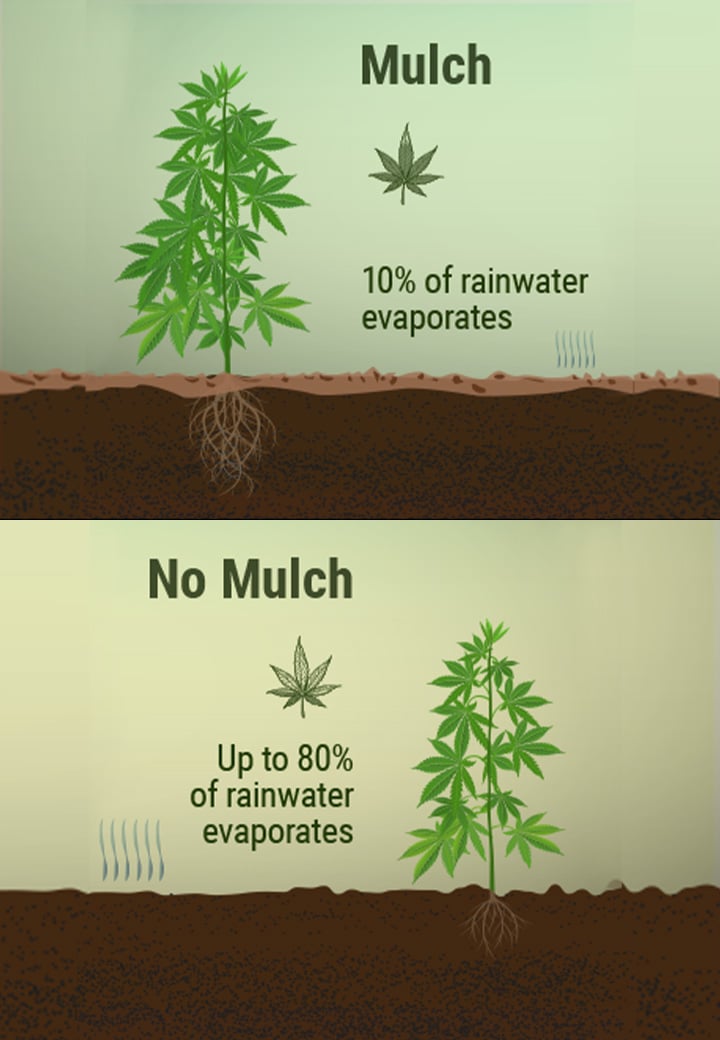
What Kind of Mulch Is Best for Cannabis?
Mulch can come in a variety of types and textures, including:
- Shredded or chipped bark
- Wood chips
- Shredded leaves and garden cuttings
- Grass clippings
- Straw
- Newspaper
- Dry, shredded leaves
What type of mulch you use is up to you, and will depend on the conditions in your garden.
Bark and Wood Chips
Dry, woody mulches (like wood chips and bark) take a long time to break down, and deliver fewer nutrients to the soil. However, they also need to be replaced less often and will improve the structure and aeration of your soil.
Grass Clippings and Garden Cuttings
On the other hand, grass clippings or other fresh, green prunings decompose very quickly. As they break down, these clippings deliver nitrogen to the soil, attracting insects, fungi, bacteria, and other microbes. Keep in mind that fresh clippings produce a strong odour as they decompose, which can be a bit unpleasant to have around the garden.
Want truly thriving soil? Get the Pro Growing Guide’s step-by-step amendment plans, pH/PPM maps, and canopy-training tips to complement your mulch strategy.
Free Advanced
Growing Guide!
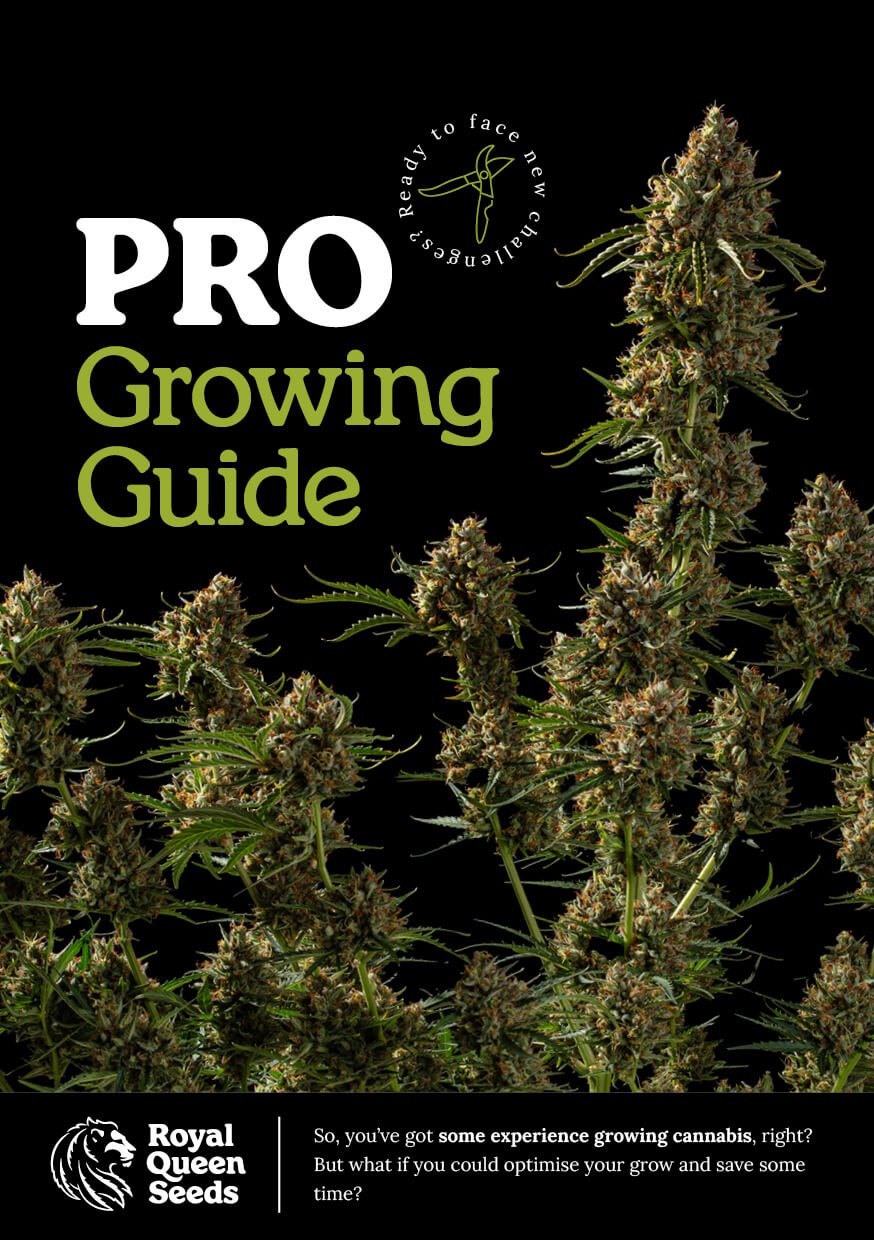
Straw
Straw mulch is very effective at insulating soil, especially during the winter. It also helps protect your plants from soil-borne pests and pathogens, and creates an inviting environment for spiders and other beneficial insects that’ll further protect your plants from ants, mites, and more.
Newspaper
Newspaper is another great mulch material that’s simple to use and easy to get a hold of. Like dry, woody mulch, newspaper mulch breaks down slowly. It also provides fewer nutrients to the soil but is great at retaining moisture, blocking out weeds, and controlling soil temperature.
Dry Leaves
Dry leaves are arguably one of our favourite types of mulch, especially for growing cannabis. They’re great at insulating and improving the structure and aeration of your topsoil, and also do a great job at preventing water evaporation. Best of all, dried leaves are free! Just take to the streets during fall and you’ll find more than enough mulch to get you going.
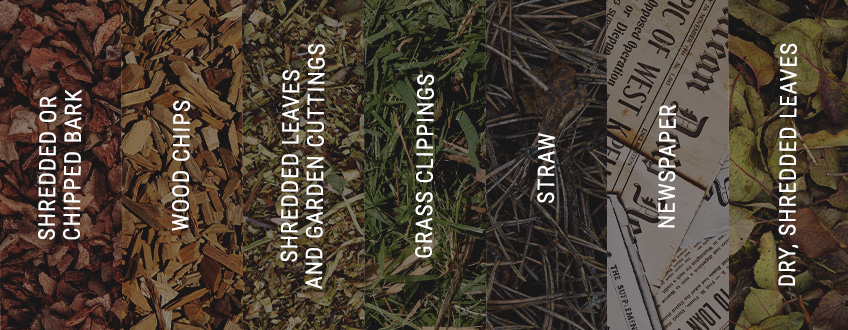
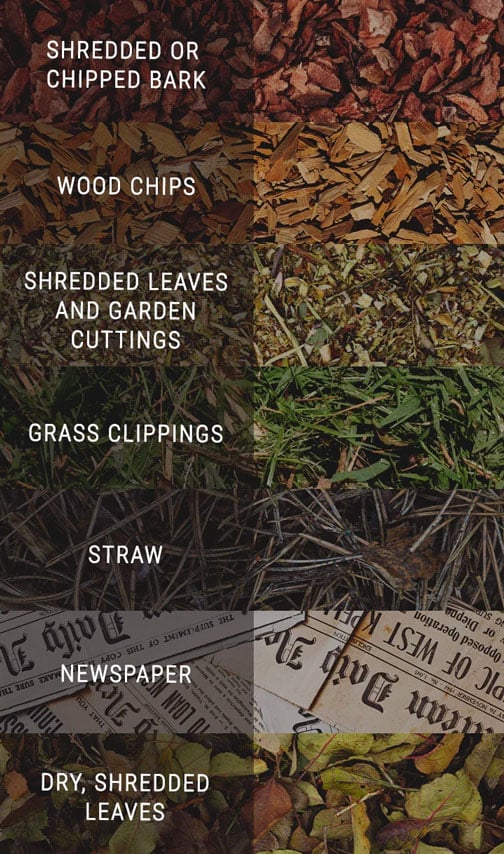
How and When to Apply Mulch to Your Cannabis Plants Outdoors
Mulching is super simple; and while it might seem like tedious work, it can make or break your harvest. Below we've outlined a few scenarios where mulch can really take your outdoor cannabis grow to the next level.
Kick-Starting Your Outdoor Grow in Spring
You're an experienced no-till organic cannabis farmer. You've already created a healthy soil biosphere and you're ready to harvest your winter cover crop of peas or clover. Once the weather picks up a bit, you'll want to top-dress your soil with 100mm of coarse mulch and plant your young cannabis seedlings out under the sun. ¨
To plant your seedlings, pull back the mulch and place them in an appropriately sized hole in the soil. Water in well, and pull the mulch back towards the base of your plants. Make sure to thin the mulch out around the immediate vicinity of your plants' stems, and avoid direct contact as this can cause them to rot. For best results, add 40mm of conduit plastic or pieces of plastic bottles as stem guards, and pile the mulch right up to the border.
Later on in the season, especially if you’re growing in an area with warm springs and hot summers, mulching will help your soil retain moisture, in turn cutting down the amount you need to water your plants.
Improving Soil Quality in Your Outdoor Garden
Your garden suffered a bit last year, and you're left with poor-quality soil that needs a boost. Cover your whole garden with 25mm of worm castings or pleasant smelling compost. Alternatively, soak your entire garden with an aerated compost tea. Finally, apply 100mm of coarse mulch (like wood chips or bark) and wait one week before you start planting. Repeat this process in autumn and spring, and you'll soon have a healthy no-till organic garden.
Building New Garden Beds From Scratch
You don't have an established outdoor garden in place, but you want to enjoy organic no-till cannabis gardening. There are countless ways to build healthy garden beds in time for the next growing season. Some of our favourites include lasagna beds, sunken garden beds (ideal for hot climates), or hugelkultur[1]. Alternatively, growing in pots using organic cannabis super soil can also produce spectacular harvests. Whichever route you choose to go down, remember to use a solid layer of mulch to begin your no-till journey.
How and When to Apply Mulch to Your Cannabis Plants Indoors
If you’re a budget indoor grower with no way to manipulate the temperatures in your grow room, we highly recommend using mulch to insulate your plants' roots, keeping them warm during winter and cool during summer. Indoors, mulch also offers a cost-effective way to prevent pests like fungus gnats, which thrive in humid topsoil.
As is the case outdoors, you can apply mulch to your indoor cannabis plants as early as the seedling phase, as long as you ensure the stems don't make contact with your mulch of choice.
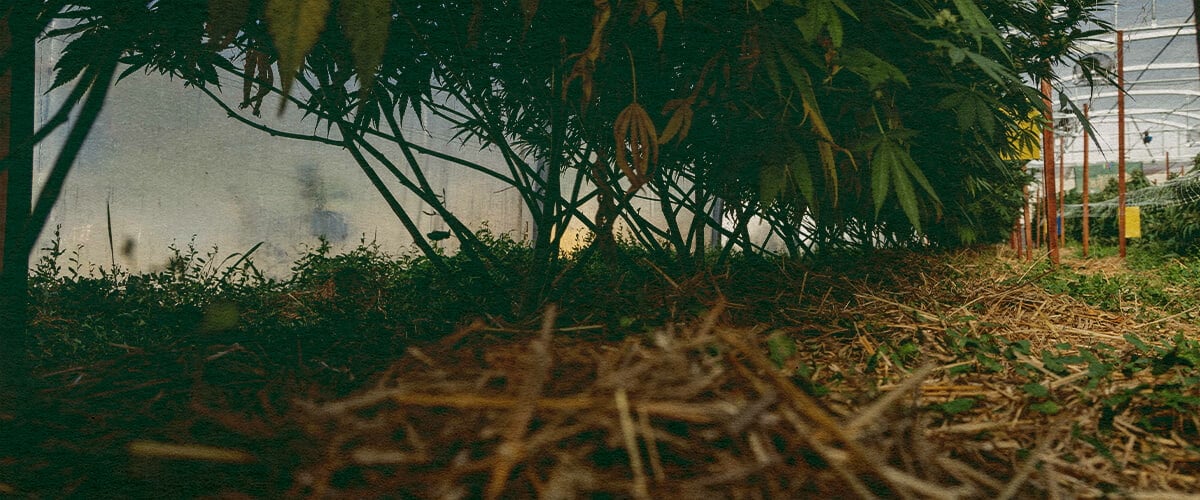
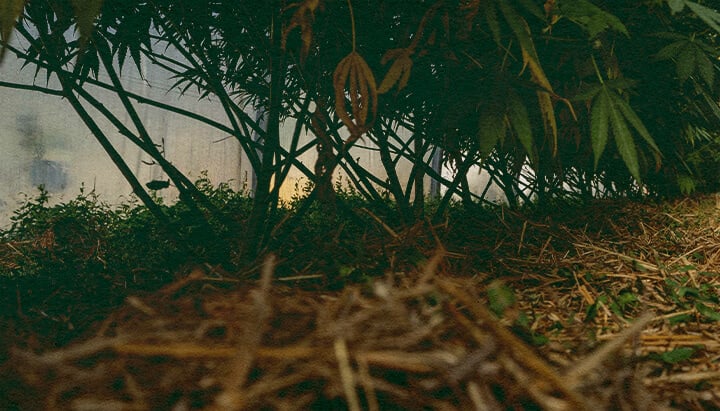
Revitalising Your Indoor Garden
Since cleanliness is the key to a healthy indoor garden, we always recommend "spring cleaning" your entire setup post-harvest. Pathogens and pests can start small; all it takes is a single spore or egg trapped somewhere in your grow space for your entire upcoming harvest to be in jeopardy.
Flush your lines, clean your pots, and pull apart your pumps and reservoirs. Safely pull apart, clean, and reassemble every piece of equipment in your grow room. Wash down the walls of your room or tent, replace dripping or misting nozzles, and vacuum your ballasts. If you think this sounds too pedantic, just talk to any indoor grower who's had to deal with an algae infection or root aphids.
Mulch Like You Mean It
Whether you’re a rookie grower or a seasoned veteran, you can benefit from mulch in your cannabis garden. It’s relatively easy and inexpensive to come by, and just a little work will certainly pay dividends in the future. Make sure to try it and see the results for yourself!
- The Many Benefits of Hugelkultur | Permaculture magazine https://www.permaculture.co.uk


























